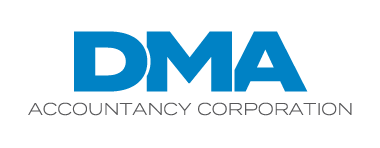For most employers today, the question isn’t whether to sponsor fringe benefits for employees but which ones. Beyond the basics, such as health insurance and retirement plans, there are many options to consider. One that’s been drawing interest from some organizations lately is housing assistance.
Various arrangements
Employer-sponsored housing assistance can be offered in various ways, including:
Loan programs. These allow employees to borrow up to a stated amount for down payments, closing costs and mortgage payments. Some employers even offer to forgive these loans if borrowers remain in the homes and at their jobs for a specified duration. To bolster their employer brands, many organizations restrict the benefit to only housing in the community where the sponsoring organization is based.
Rental assistance. Employers may offer employees one-time subsidies to help with security deposits or monthly stipends to help with rent. They can also provide employees with letters of credit to more readily secure rental housing.
Real estate development. In rare cases, larger organizations can develop and build housing expressly to rent to employees. Some very large companies are even developing properties to largely, though not exclusively, sell to their workforces. Although this obviously isn’t an option for most employers, it’s interesting to ponder the pluses and minuses of such an approach.
Purpose and due diligence
Employer-sponsored housing assistance is becoming more widely discussed because it addresses a rising and critical need of many U.S. workers.
Many economic observers and experts describe the current state of housing in the United States as a crisis driven by rising costs and low inventory. Just as health insurance helps employees manage the high cost of health care, and retirement plans enable them to save for the future, housing assistance can help workers worry less about finding and keeping a residence and focus more on being engaged, productive employees.
In January 2024, insurer JW Surety Bonds published the results of a survey of 710 employees and 310 employers addressing the topic. It found that one in four of the responding employers was considering offering housing assistance as a fringe benefit this year.
Now whether any of them decided to follow through on the idea is hard to say, but the employee responses to the survey may grab your attention. Of those respondents:
- 13% said they were currently receiving some form of employer-sponsored housing assistance,
- About 33% reported a preference for housing benefits over a raise, and
- 41% stated they’d change careers to work for an employer that provides housing assistance.
So, the option seems promising for organizations looking to enhance their benefits packages to better attract job candidates and retain employees.
Of course, that doesn’t mean employer-provided housing assistance is a no-brainer. If interested, first make sure that your staff will value and use this type of fringe benefit. Otherwise, all the effort you put into designing, funding and launching a program could go to waste. You should also carefully forecast the cash flow impact of offering loans or stipends.
From a tax perspective, most forms of employer-sponsored housing assistance are generally considered taxable fringe benefits. That means employees will have to report to the IRS the value of the benefits they receive as income, and those amounts will be subject to employment taxes for your organization. There can be exceptions, however.
A strategy to explore
Would housing assistance be a savvy and worthwhile addition to your organization’s menu of benefits?
© 2024


Recent Comments